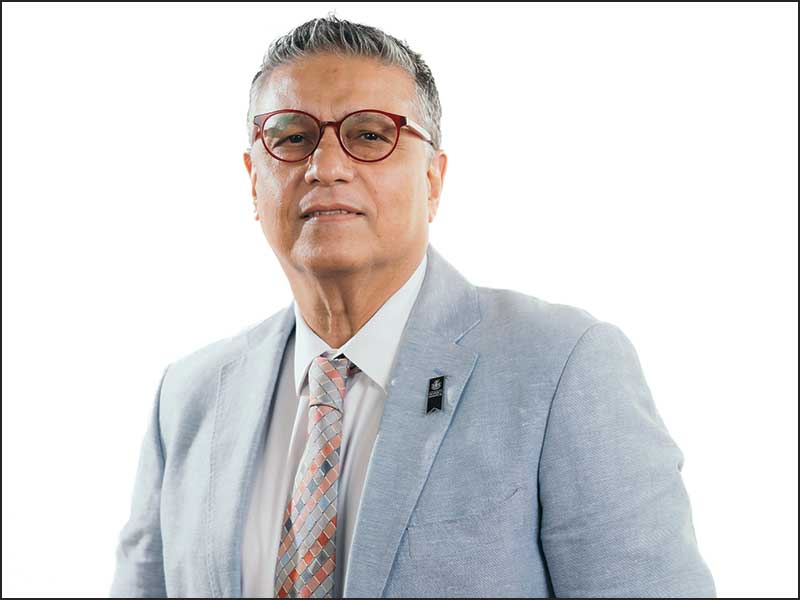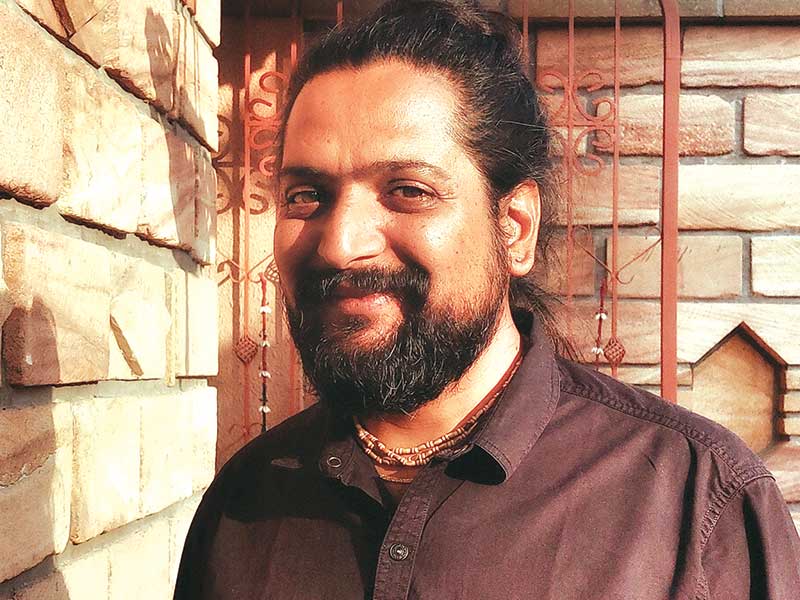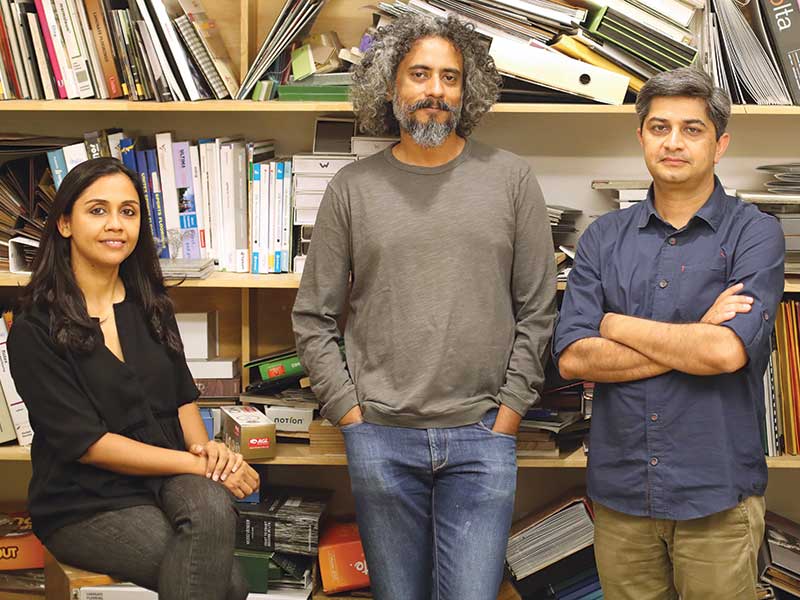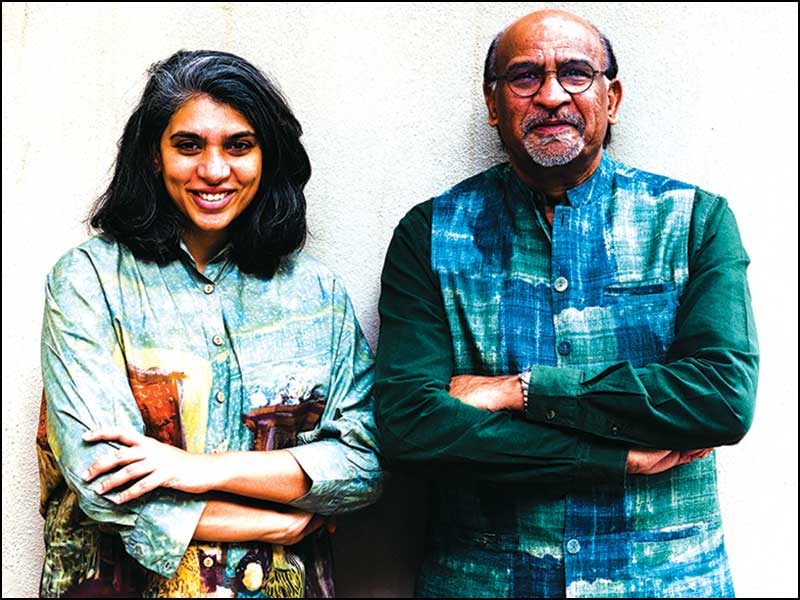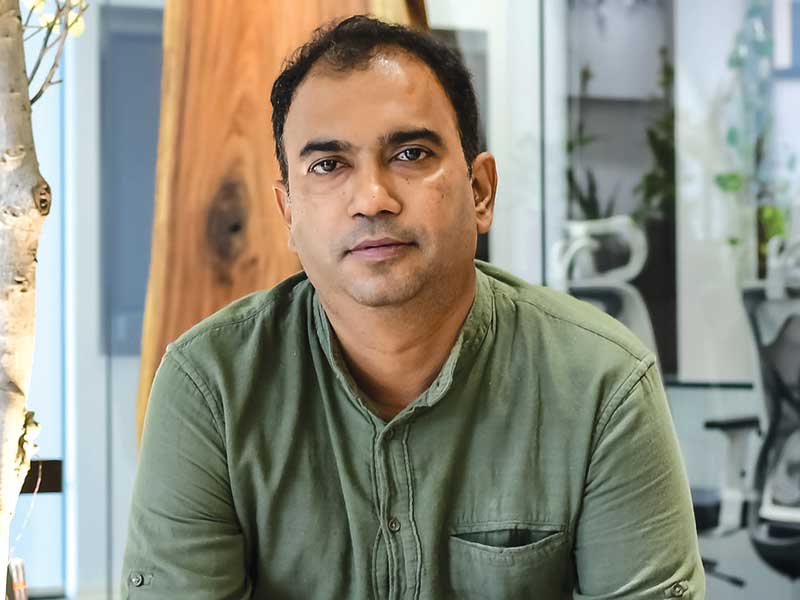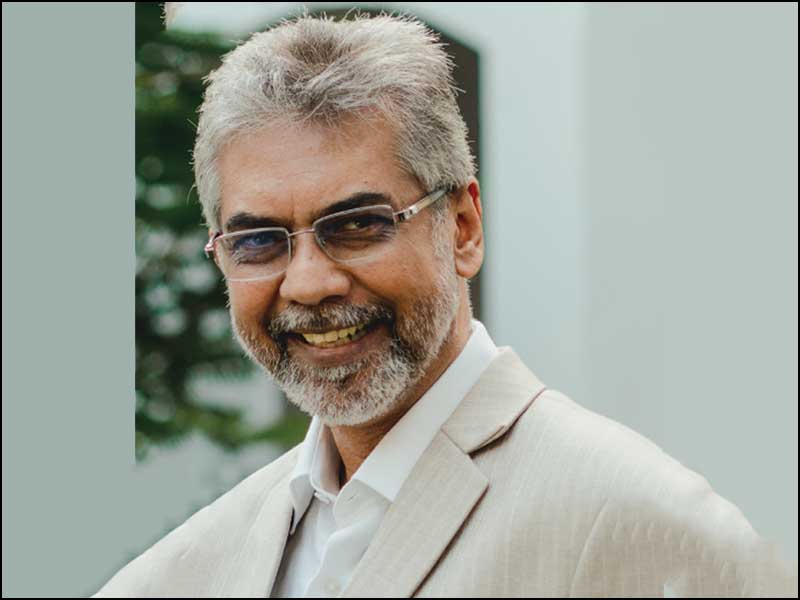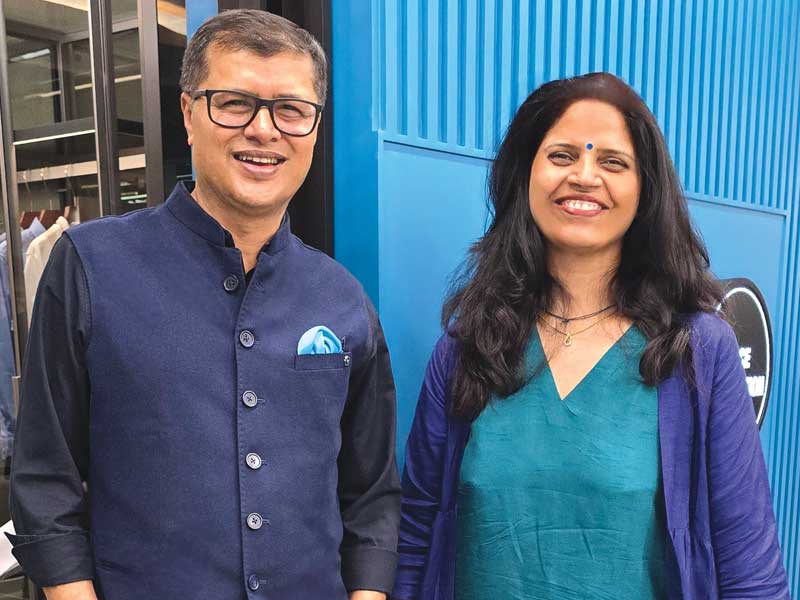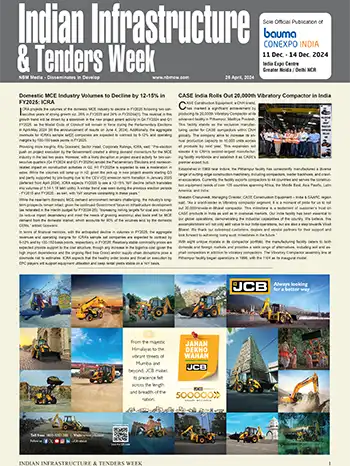
One of the most prominent trends that is evidently visible in the architectural facades around us, is the unique blend of global design movements with traditional Indian craftsmanship in designs. While architects are utilising sustainable design principles pioneered in Scandinavia to innovative urban planning strategies from Europe and North America, they are also implementing these ideas with local materials or elements that are relevant to the project at hand. For instance, while the idea of Kinetic Architecture might have evolved and been developed initially in Italy as seen in the Centre Pompidou in Paris with its flexible exhibition spaces, it is being used in a way that proves to be useful to a structure in India.
Moreover, the needs of a rapidly modernizing society are driving architects to rethink traditional notions of space and functionality. As urbanization accelerates and cities become increasingly dense, architects are tasked with designing more compact and efficient living and working environments. This has led to the rise of mixed-use developments, vertical integration, and adaptive reuse projects that maximize the use of limited space while promoting social connectivity and liveability.
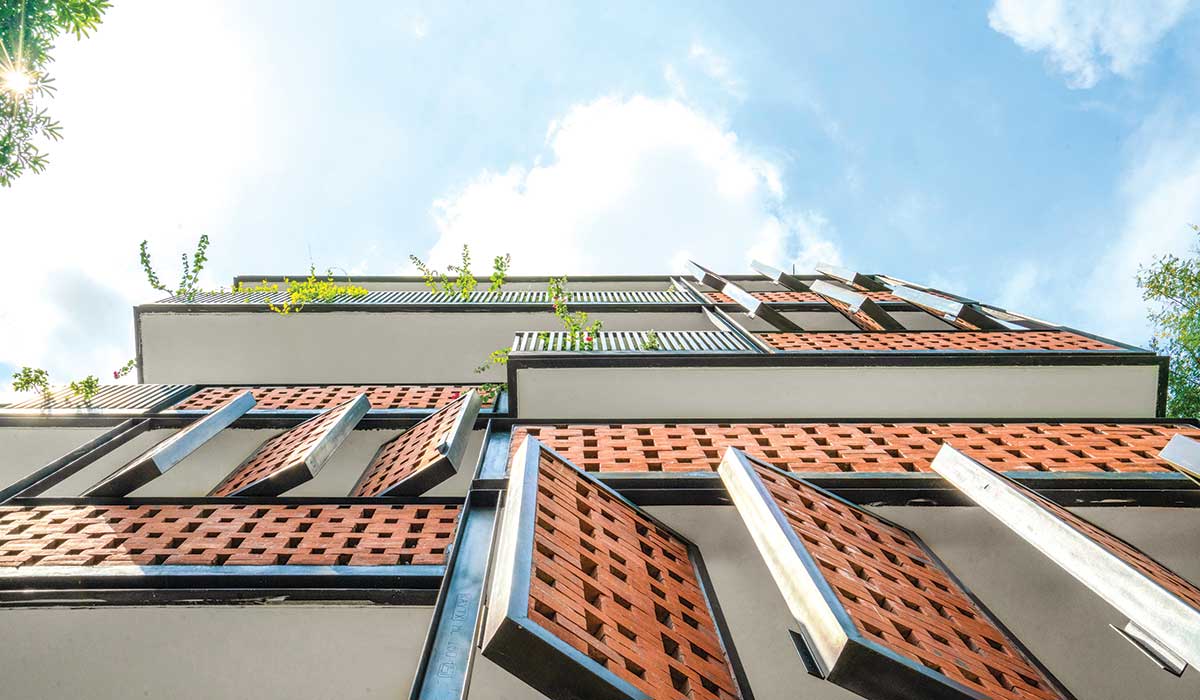
There is a demand for more flexible and resilient spaces. Architects are now prioritizing designs that can easily adapt to changing needs and accommodate remote work. There is a renewed focus on biophilic design, outdoor spaces, and the integration of natural elements to promote health and well-being.
Despite these advancements, the architectural profession in India still faces challenges, including regulatory barriers, outdated building codes, and a lack of skilled professionals. However, there is growing momentum within the industry to address these issues and foster a more supportive environment for innovation and creativity.
And not only materials, the way we are designing is also changing. The adoption of BIM software has updated the design and collaboration process, allowing for more efficient project delivery and cost optimization.
In conclusion, the architecture profession in India is evolving in response to various global trends, technological advancements, and the changing needs of society. Architects are embracing sustainability, incorporating diverse influences, leveraging technology, and prioritizing human well-being to create buildings and spaces that are not only functional and aesthetically pleasing but also socially responsible and future-ready.

